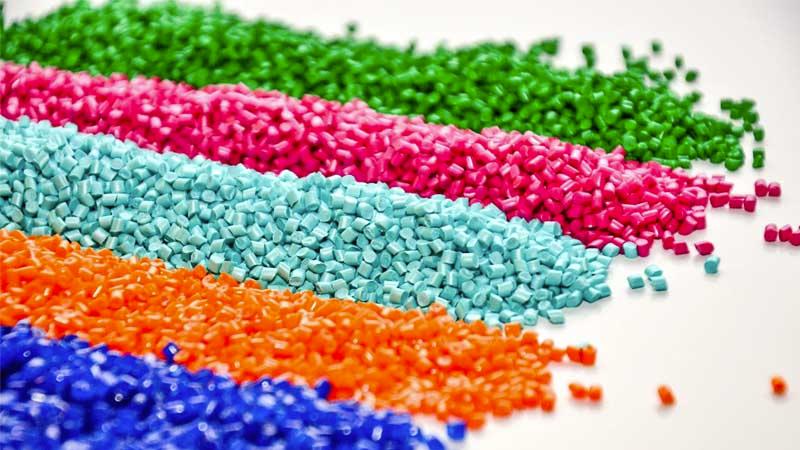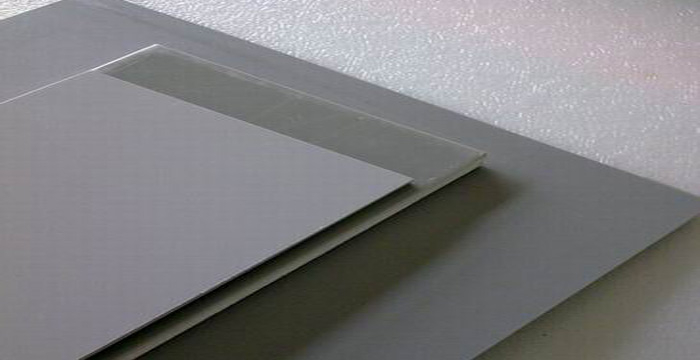1. Polypropylene (PP) là gì?
Polypropylene (PP) là một loại nhựa nhiệt dẻo đa năng, được sử dụng rộng rãi trong các ngành công nghiệp khác nhau. Đây là một loại nhựa tổng hợp được sản xuất thông qua quá trình trùng hợp các monome propylene. PP được biết đến với khả năng kháng hóa chất đặc biệt, độ bền và nhiệt độ nóng chảy cao. Polypropylene nhẹ nhưng chắc chắn, là chất liệu phù hợp cho các sản phẩm đòi hỏi cả tính linh hoạt và sức mạnh.
PP được sử dụng với nhiều mục đích, bao gồm sản phẩm dùng để đóng gói, chất liệu để sản xuất trong ngành dệt may, linh kiện ô tô, thiết bị y tế và thiết bị thí nghiệm. Khả năng chống ẩm, kháng axit và bazơ khiến cho loại nhựa này phù hợp để làm các thùng chứa và sản phẩm tiếp xúc với nhiều chất khác nhau. PP cũng được ưa chuộng trong ngành thực phẩm, do PP không độc hại và có khả năng chịu được nhiệt độ cao nên thích hợp làm hộp đựng thực phẩm và các sản phẩm dùng trong lò vi sóng.
Ngoài ra, PP được biết đến với khả năng tái chế, do vậy trở thành sự lựa chọn thân thiện với môi trường trong ngành nhựa. PP có thể dễ dàng tái chế và sử dụng trong sản xuất các sản phẩm nhựa khác nhau, góp phần vào sự phát triển bền vững.

2. PVC là gì?
Polyvinyl Chloride, thường được gọi là PVC, là một loại nhựa nhiệt dẻo linh hoạt và được sử dụng rộng rãi. PVC được làm từ monome vinyl clorua thông qua phản ứng trùng hợp. PVC được biết đến với độ bền tuyệt vời, khả năng kháng hóa chất và tính linh hoạt cao.
PVC vốn có khả năng chống cháy và có đặc tính cách điện tốt, khiến cho loại nhựa này có giá trị trong các ứng dụng xây dựng, điện và hệ thống ống nước. Cụ thể, PVC thường dùng để làm đường ống, cáp cách điện, sàn nhựa giả gỗ vinyl, khung cửa sổ và ống y tế. Độ cứng và độ ổn định của PVC phù hợp với các ứng dụng trong lĩnh vực công trình kết cấu, đồng thời khả năng chống ẩm và hóa chất giúp tăng tuổi thọ của chất liệu này.
Một trong những lợi thế chính của PVC là tính hiệu quả về mặt chi phí; loại nhựa này thường có giá cả phải chăng hơn các vật liệu khác với đặc tính tương tự. Tuy nhiên, việc sản xuất và thải bỏ PVC có thể gây ra những lo ngại về môi trường do giải phóng khí clo và sự tồn tại PVC trong môi trường. PVC tái chế ngày càng được sử dụng nhiều hơn để giảm thiểu những vấn đề này, thúc đẩy cách tiếp cận bền vững hơn khi dùng PVC.

3. Polypropylene vs PVC khác nhau như thế nào?
Polypropylene (PP) và Polyvinyl Chloride (PVC) là hai loại polyme nhiệt dẻo được sử dụng phổ biến, mỗi loại có đặc điểm và ứng dụng riêng biệt. Dưới đây là so sánh để giúp bạn hiểu sự khác biệt giữa chúng:
Tính linh hoạt: PP linh hoạt hơn PVC, phù hợp cho các ứng dụng yêu cầu uốn cong và đòi hỏi độ linh hoạt cao.
Kháng hóa chất: Cả hai vật liệu đều có khả năng kháng hóa chất tốt, nhưng PP phù hợp hơn với một số hóa chất và dung môi nhất định.
Khả năng chịu nhiệt: PP có nhiệt độ nóng chảy cao hơn PVC nên khả năng chịu nhiệt tốt hơn.
Mật độ: PVC có mật độ phân tử dày đặc hơn PP, hỗ trợ cấu trúc tốt hơn trong một số ứng dụng nhất định.
Giá thành: PP thường có giá cả phải chăng hơn PVC, nên trở thành sự lựa chọn tiết kiệm chi phí cho nhiều ứng dụng.
Ứng dụng: Polypropylene thường được sử dụng trong bao bì, lĩnh vực dệt may, linh kiện ô tô, thiết bị y tế và thiết bị thí nghiệm. Trong khi đó, PVC được sử dụng để làm đường ống, cáp cách, sàn nhựa giả gỗ vinyl, bảng hiệu và các cấu trúc có thể thổi phồng.
4. Kết luận
Tóm lại, việc lựa chọn giữa Polypropylene vs PVC phụ thuộc vào yêu cầu cụ thể của từng sản phẩm. PP mang lại sự linh hoạt cao và khả năng kháng hóa chất, trong khi PVC có độ bền và độ ổn định tốt. Đánh giá các đặc tính độc đáo của từng vật liệu là điều cần thiết để lựa chọn phương án phù hợp nhất cho sản phẩm của bạn, đảm bảo hiệu suất và tuổi thọ tối ư






